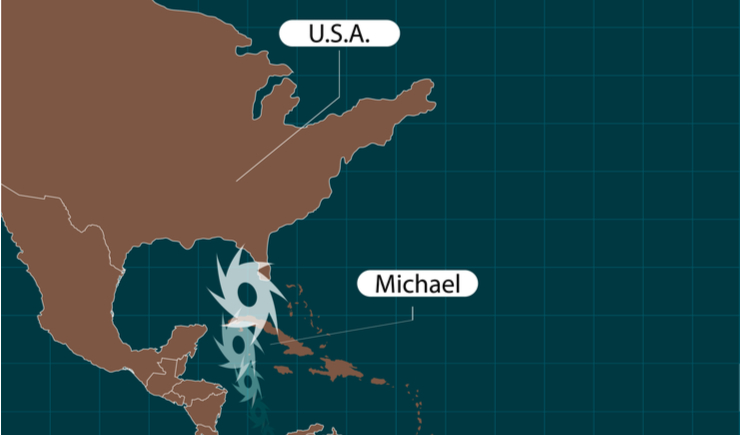
After Hurricane Maria devastated Puerto Rico, I have followed along closely, taking note of survival implications. The storm was a real world worst-case-scenario and unfortunately thousands were caught in its path. The Economist reports that Maria was America’s deadliest storm since 1900. They write:
WITH vicious winds gusting at 120mph, the hurricane that made landfall in Puerto Rico on September 20th 2017 was expected to be deadly. Hurricane Maria wrought destruction across the island, cutting power, communications and drinking water to nearly every home. Yet most of the 3.3m islanders appeared to escape the worst fate: two weeks later, the official death toll reported by the island’s government was just 16 people.
President Donald Trump made much of the low death count when he visited San Juan on October 3rd. “We’ve saved a lot of lives…If you look at a real catastrophe like Katrina and the hundreds that died…16 versus literally thousands of people…you can be very proud.” Although the death toll rose slowly over the weeks that followed, from 16 to 64 deaths, it remained surprisingly low given the severity of the storm.
I encourage you to prepare yourself by reading all of my Hurricane Maria analysis in these posts:
- Hurricane Maria Death Toll in Puerto Rico: Deadlier than 9-11
- Puerto Rico: Self Reliance is the Only Way
- Blackout: The Lights are Out in Puerto Rico
- Puerto Rico: A Survival Case Study
- Puerto Rico: A Real Life Worst Case Scenario
- Preparing Yourself for the Next Disaster: Water Requirements
- How Would You Evacuate? Could You?



